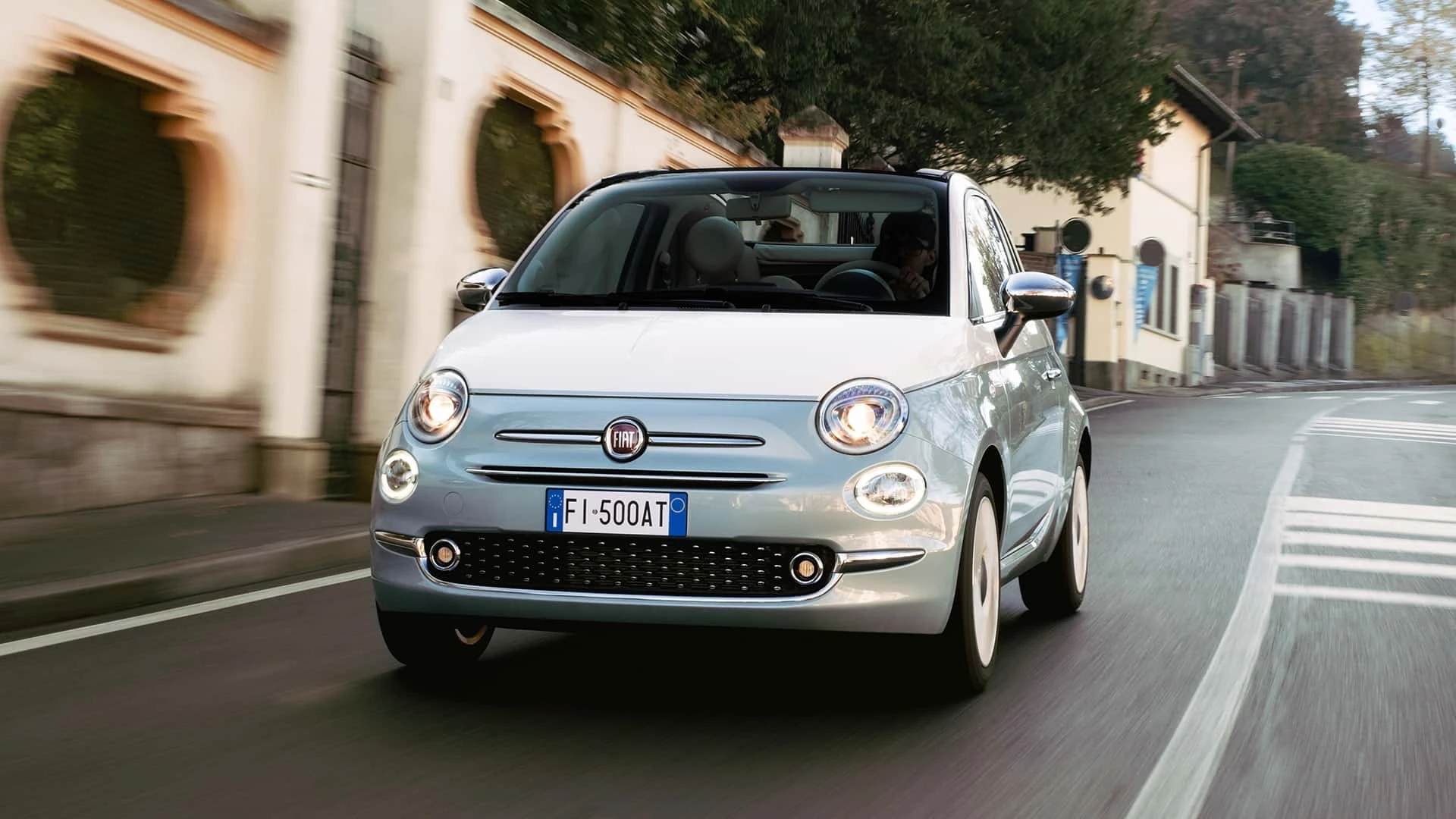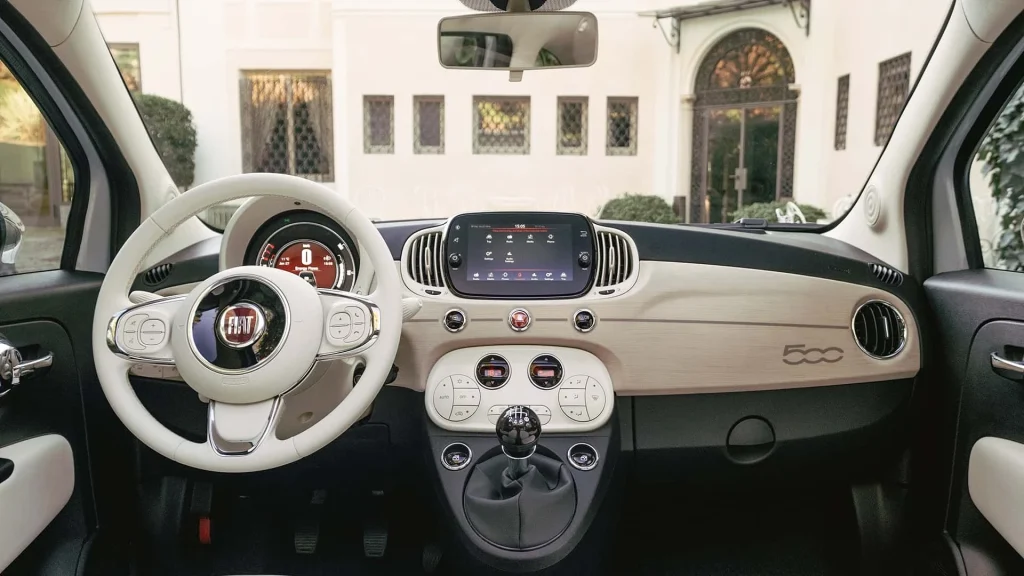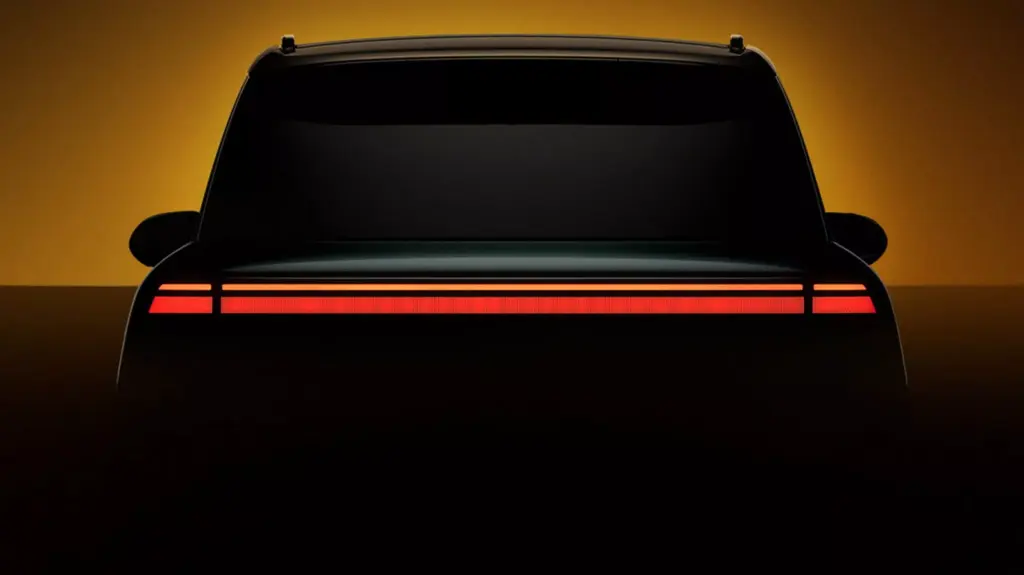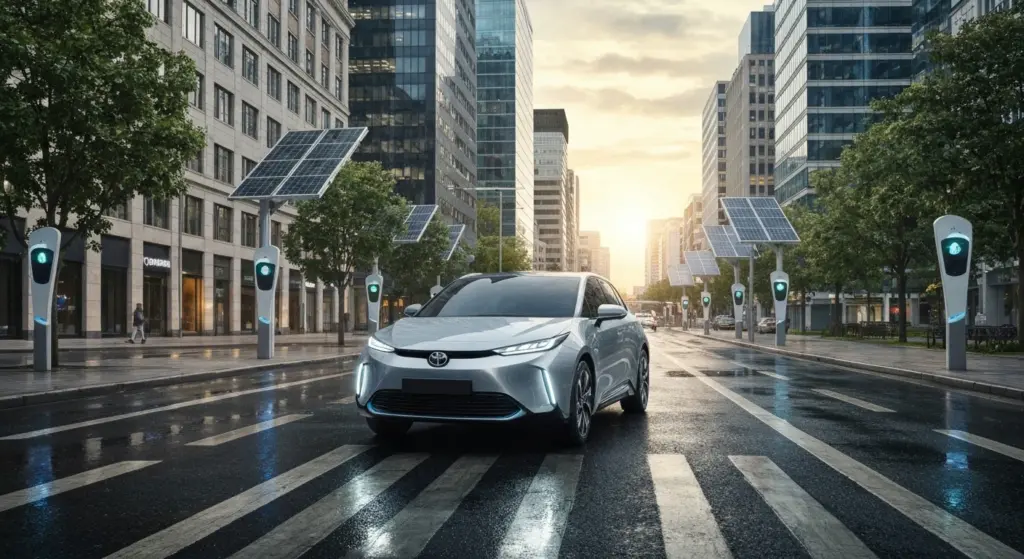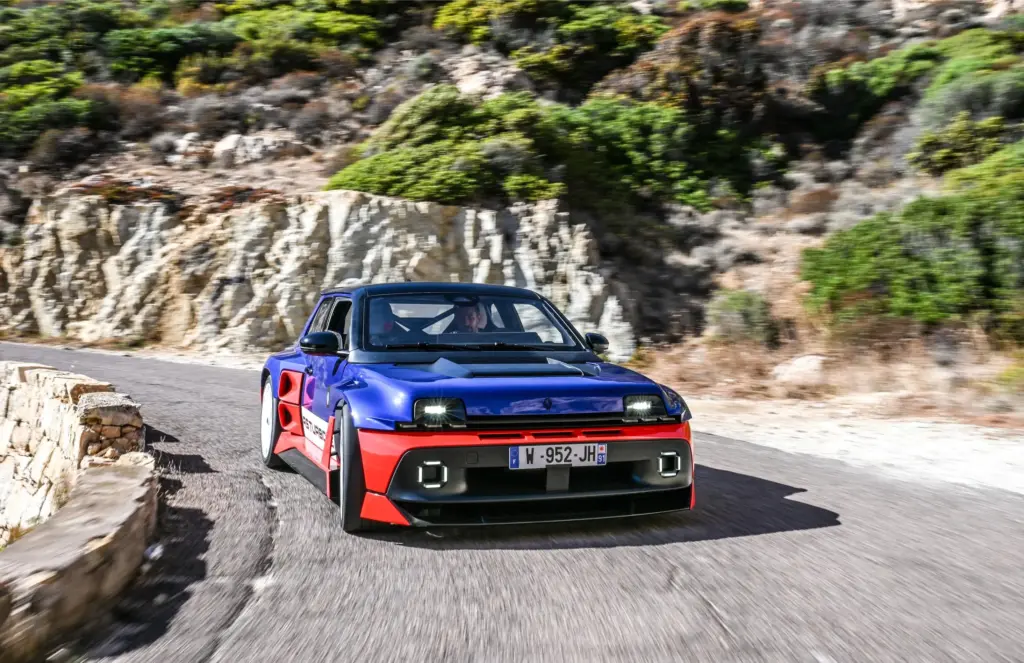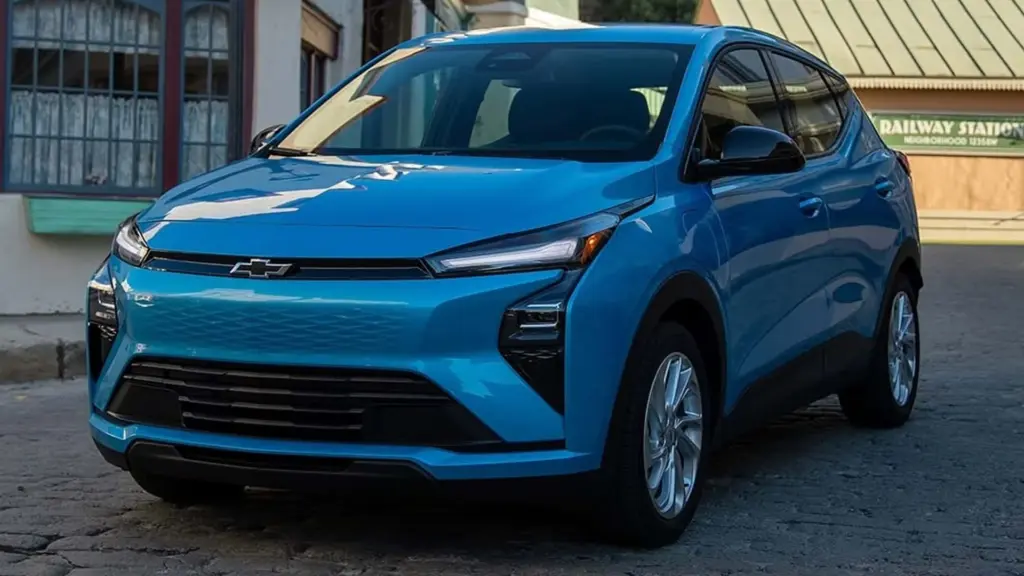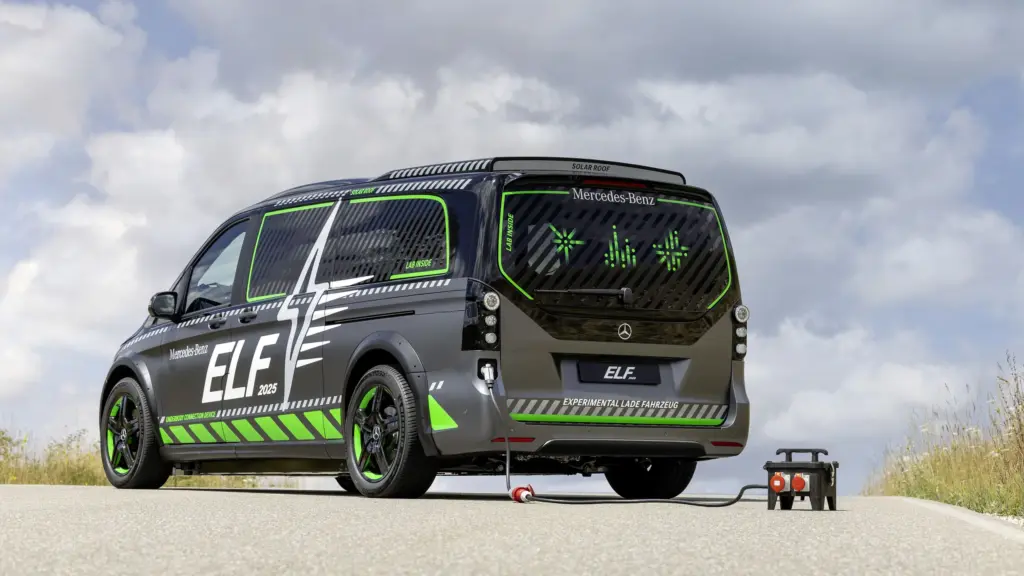The Fiat 500, a car that has won hearts and streets since its debut in 2007, is undergoing significant changes. Recently, the Italian automaker announced that the production of the iconic model will no longer take place in Europe. That’s right, production has been relocated to Algeria, specifically to the new Stellantis factory in Tafraoui. However, this is not just a geographical shift; it reflects a broader landscape of regulations and market strategies that Fiat must face. The farewell of the model in Europe also brought with it a wave of nostalgia with the limited edition 500C Collezione 1957, which pays tribute to the car’s glorious past.
The move to Algeria comes at a time when Fiat finds itself forced to adapt to new rules, especially regarding cybersecurity. The Polish factory in Tychy, long responsible for the production of the 500, has seen all its tooling transferred to Africa. This marks a new era for the model, which will now be exported to various markets, including the Middle East. Meanwhile, the production of the crossover 600 will take priority in Europe, reflecting the automaker’s focus on diversifying its portfolio and meeting the current market demand.
Fiat 500: End of Production in Europe and Transfer to Algeria
The farewell of the Fiat 500 in Europe is certainly a topic that generates a certain nostalgia among car enthusiasts. With only 1,957 units of the limited edition 500C Collezione 1957 produced, Fiat seems to be making a final nod to its legacy on the Old Continent. This series was launched as a tribute to the beginning of the classic Fiat 500’s production and marks a symbolic moment for the brand. The Abarth 595 and 695 models will still be available at dealerships, but gradually, the 500 will be disappearing from online configurators.
Additionally, Fiat plans to maintain a considerable stock of 500 models, which should last until the end of the year. However, with production officially halted in Poland, European consumers will have to get used to the idea that the 500 as we know it will no longer be here. The decision to stop production was partly driven by new regulatory requirements that complicate operations in Europe. Therefore, the automaker is now looking to focus on new projects that meet current market demands.
Launch of the 500e: The New Electric Generation of Fiat
Speaking of new projects, Fiat is investing in its new generation of the 500, now fully electric, the 500e. Produced at the Mirafiori factory in Italy, the 500e features an 87 kW motor, with a range of 227 km. The aim here is to offer a sustainable alternative, attracting a new clientele seeking eco-friendly vehicles. But let’s be honest, Fiat is facing a certain challenge with sales, which have not met expectations.
To navigate this situation, the automaker already has plans for 2025, when it intends to launch a hybrid version of the 500, which should replace the discontinued micro-hybrid model. It is interesting to note that Stellantis expects to produce about 200,000 units of the 500 line annually, with 125,000 of them being the new hybrid version. This strategy could be a turning point for Fiat, allowing them to remain relevant in a rapidly evolving market.
Source: Motor1
Photo Gallery

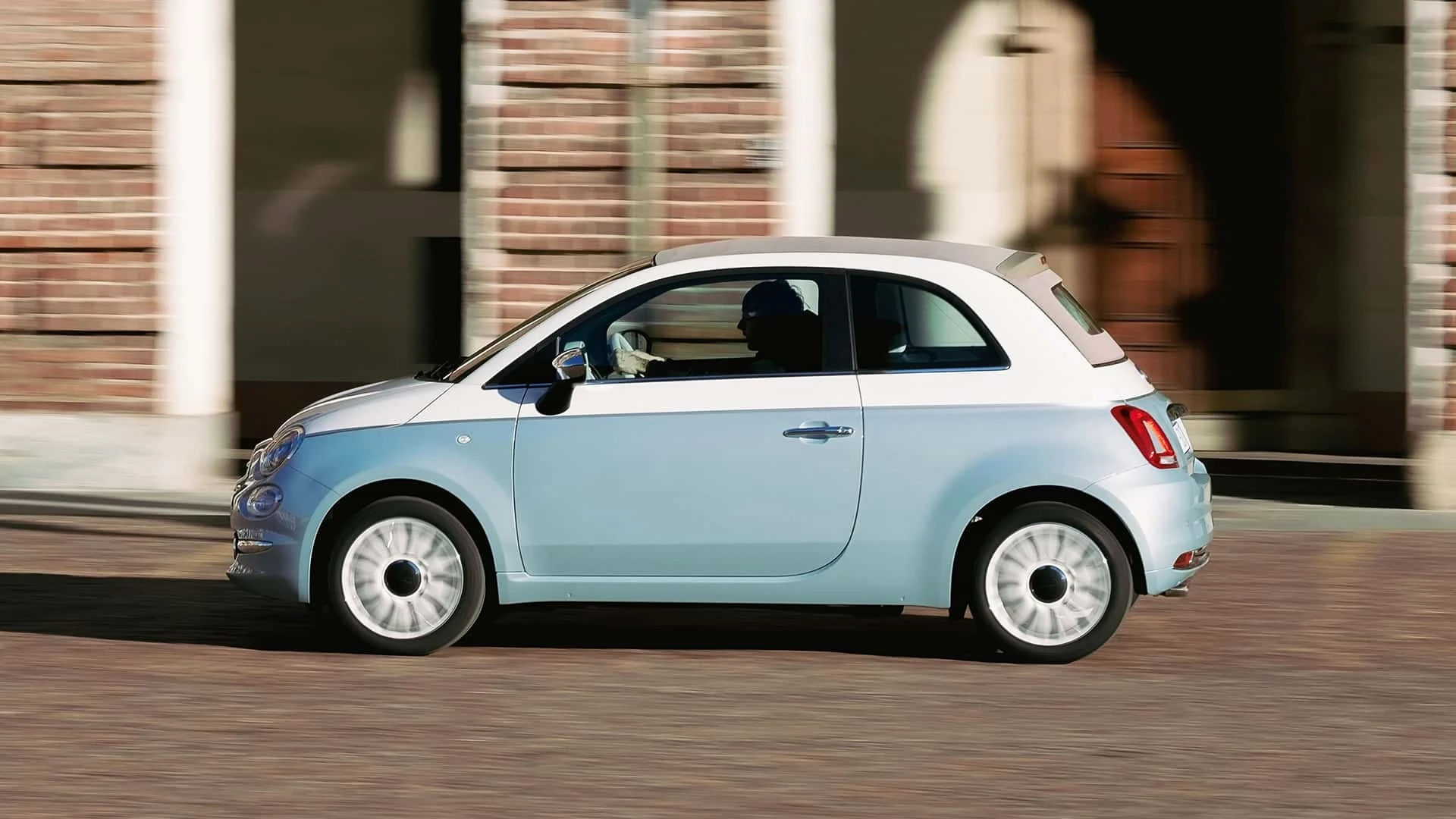
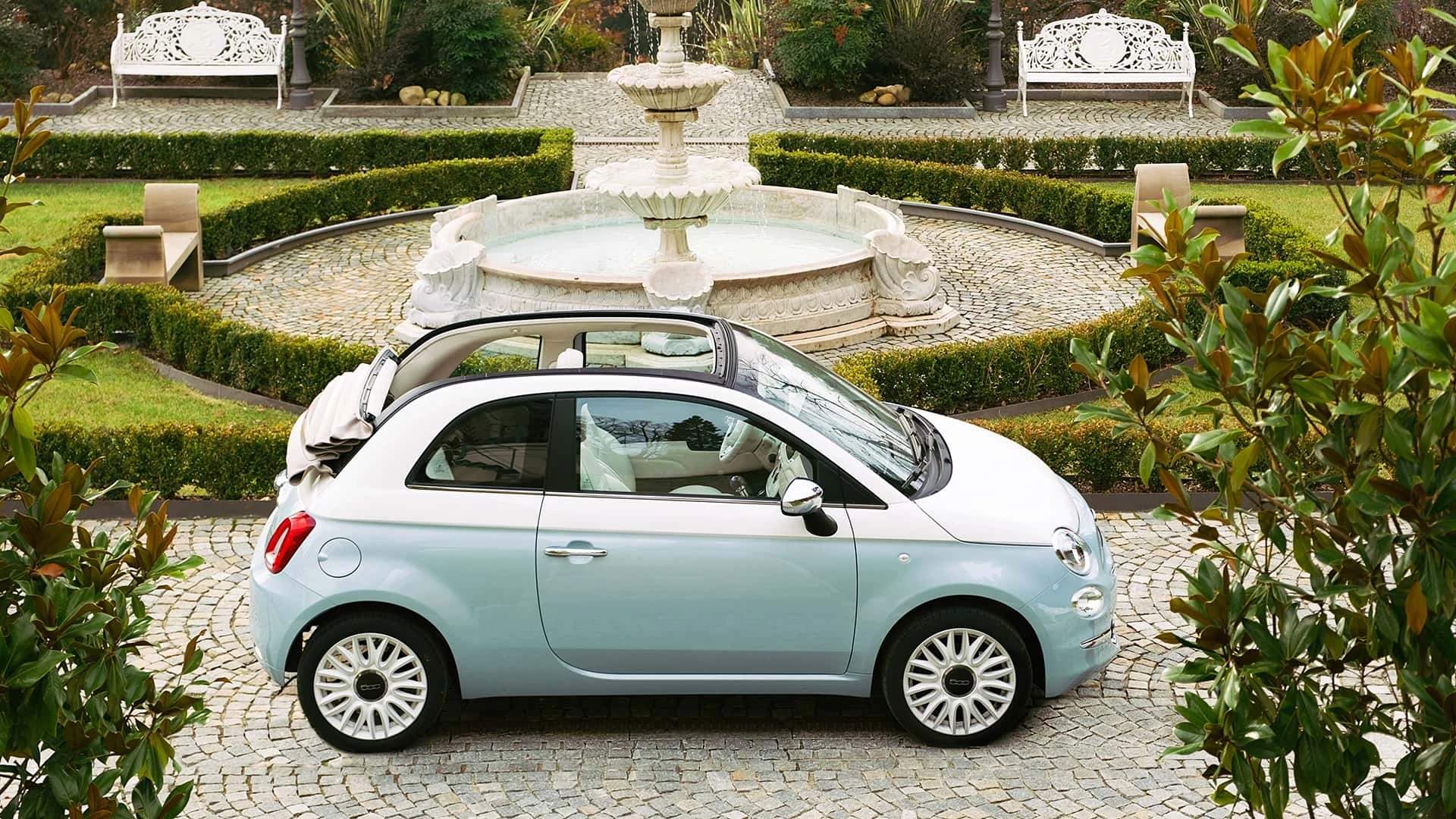
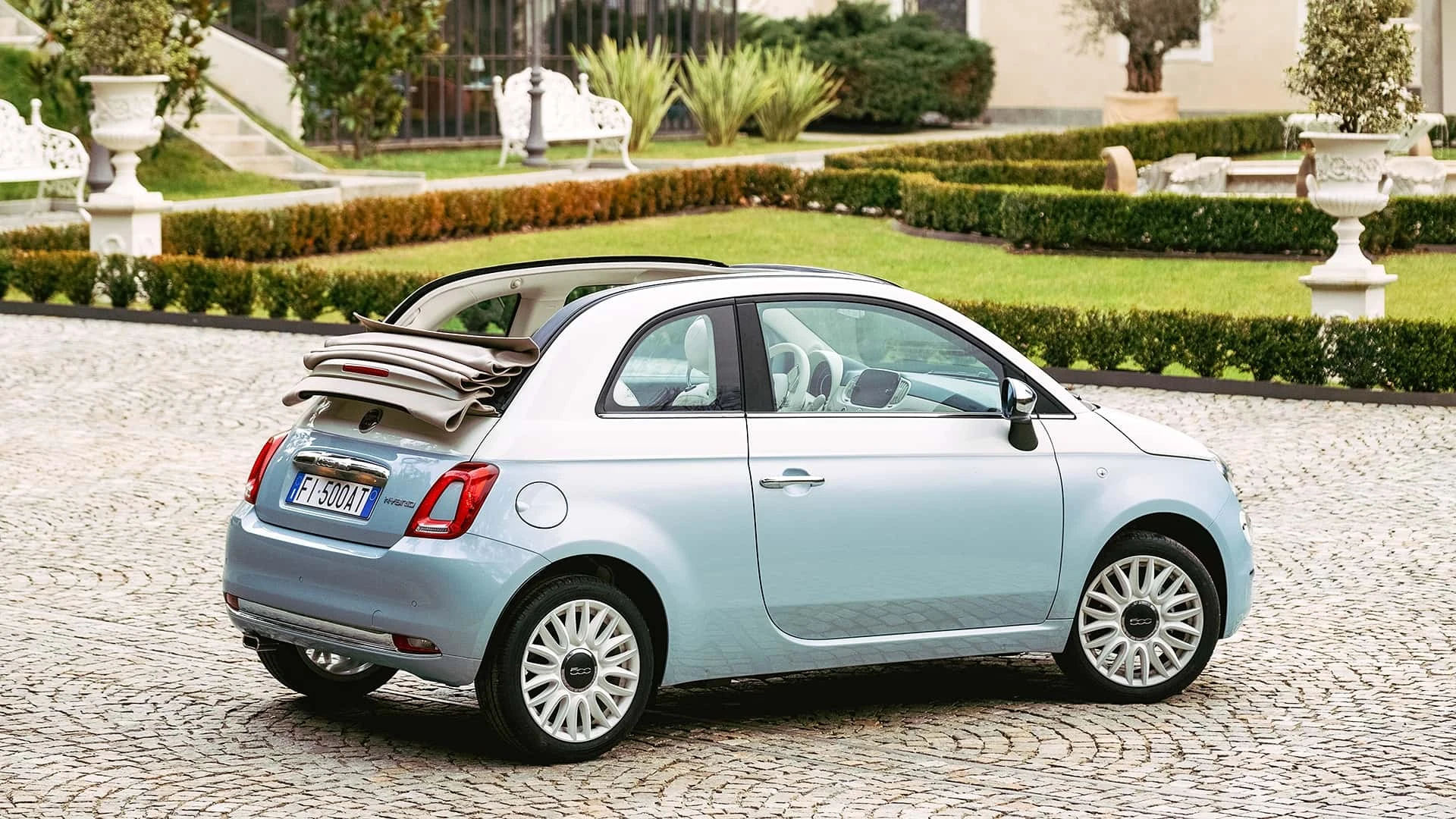
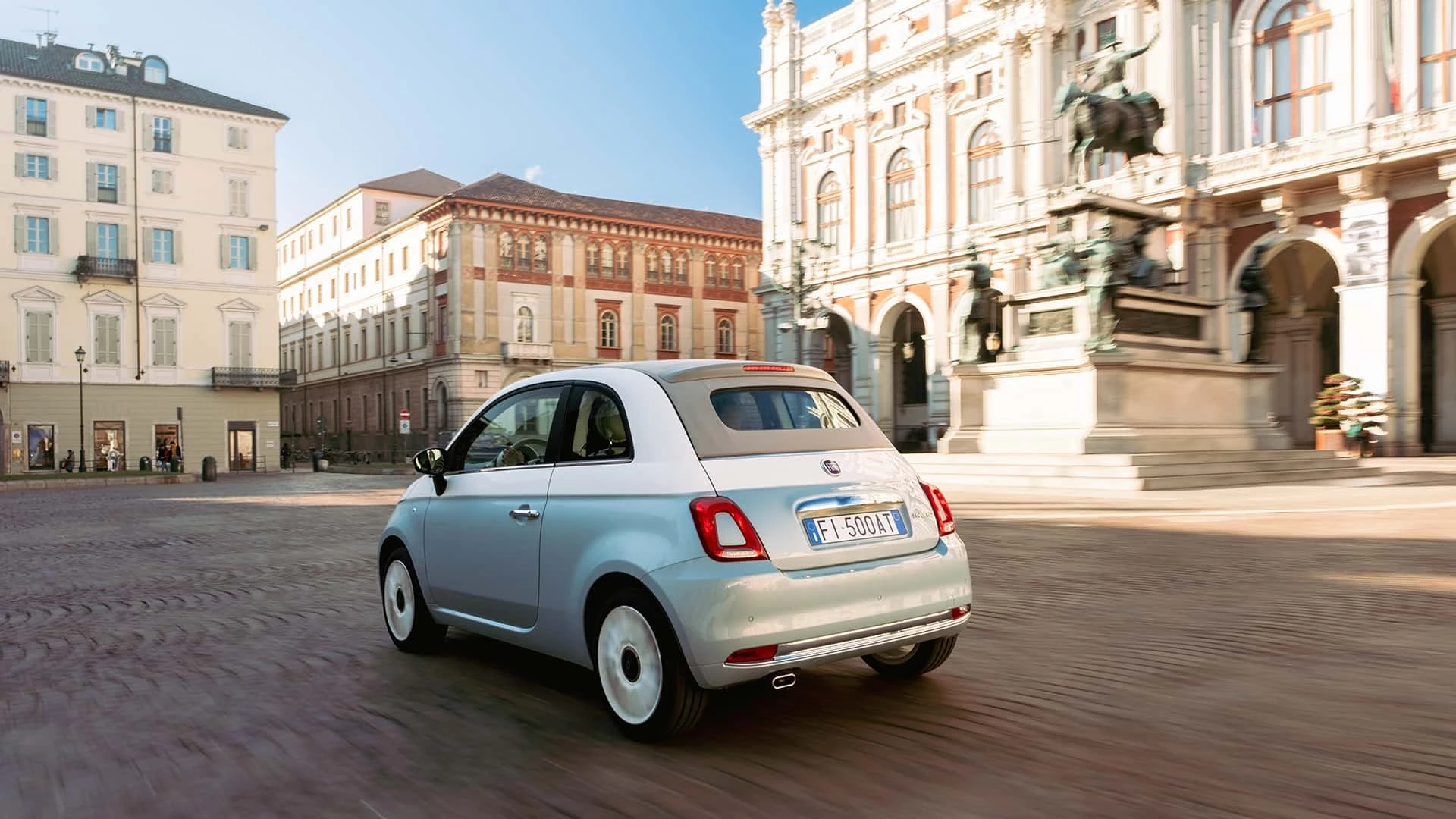

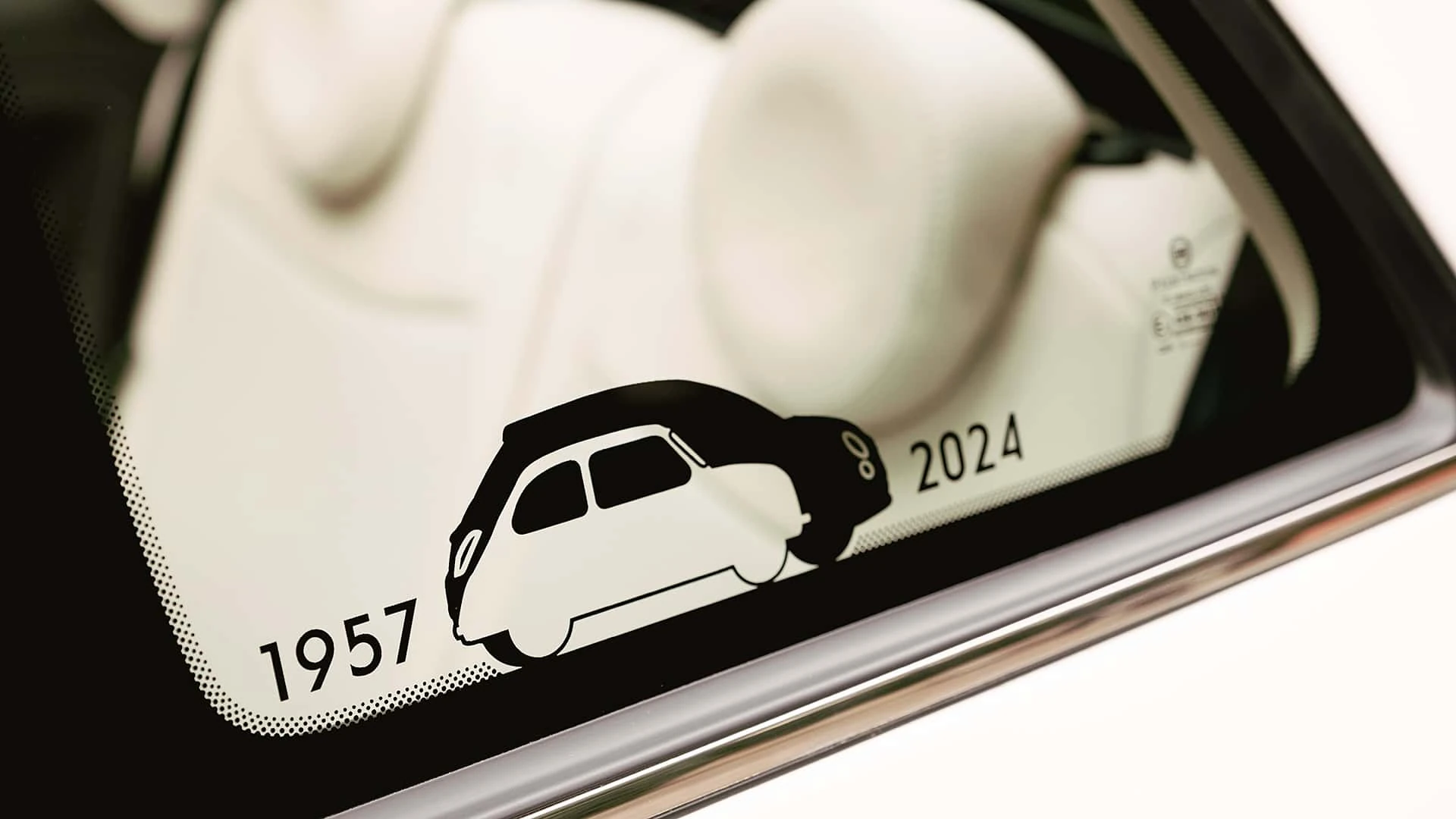
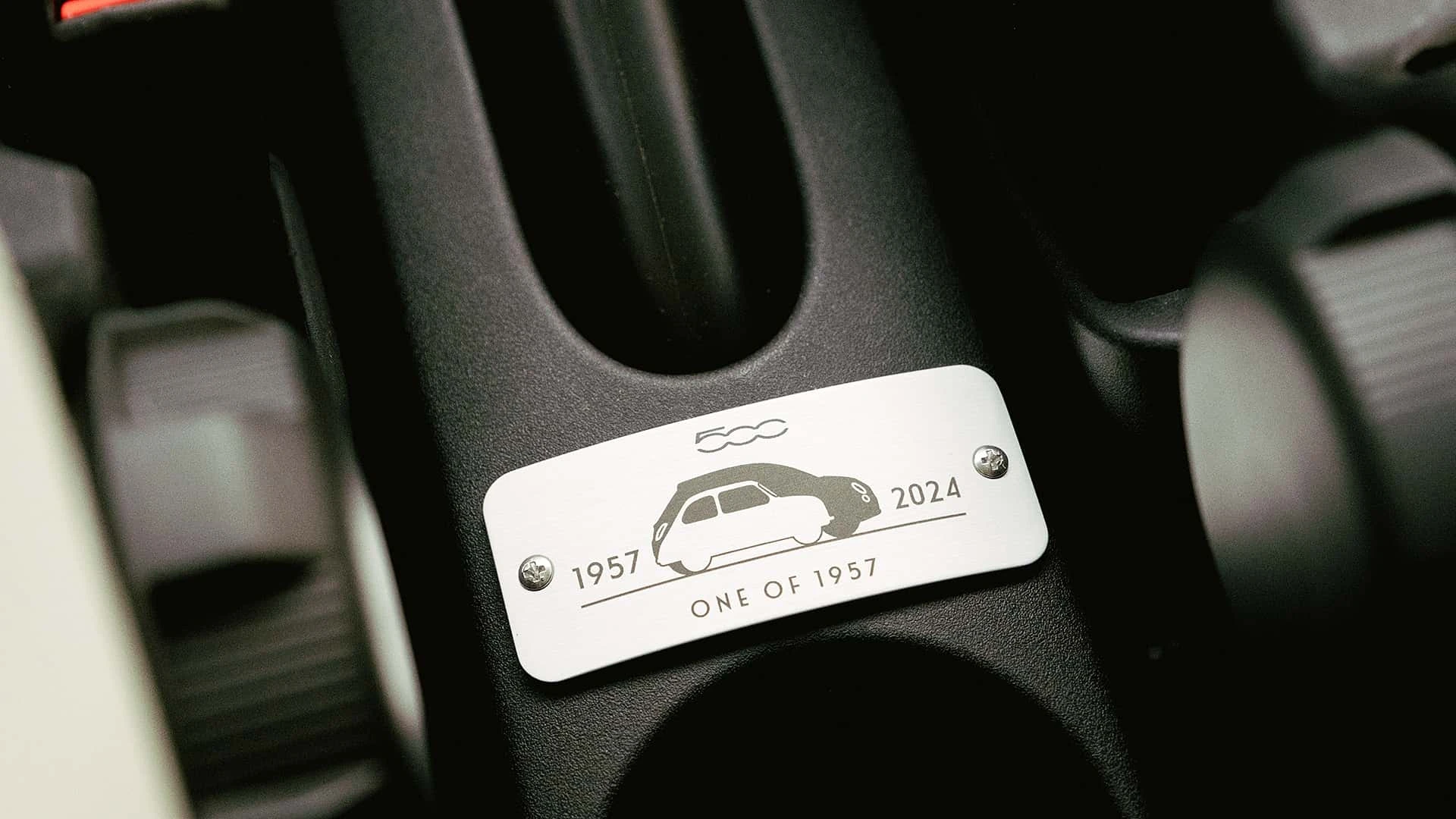
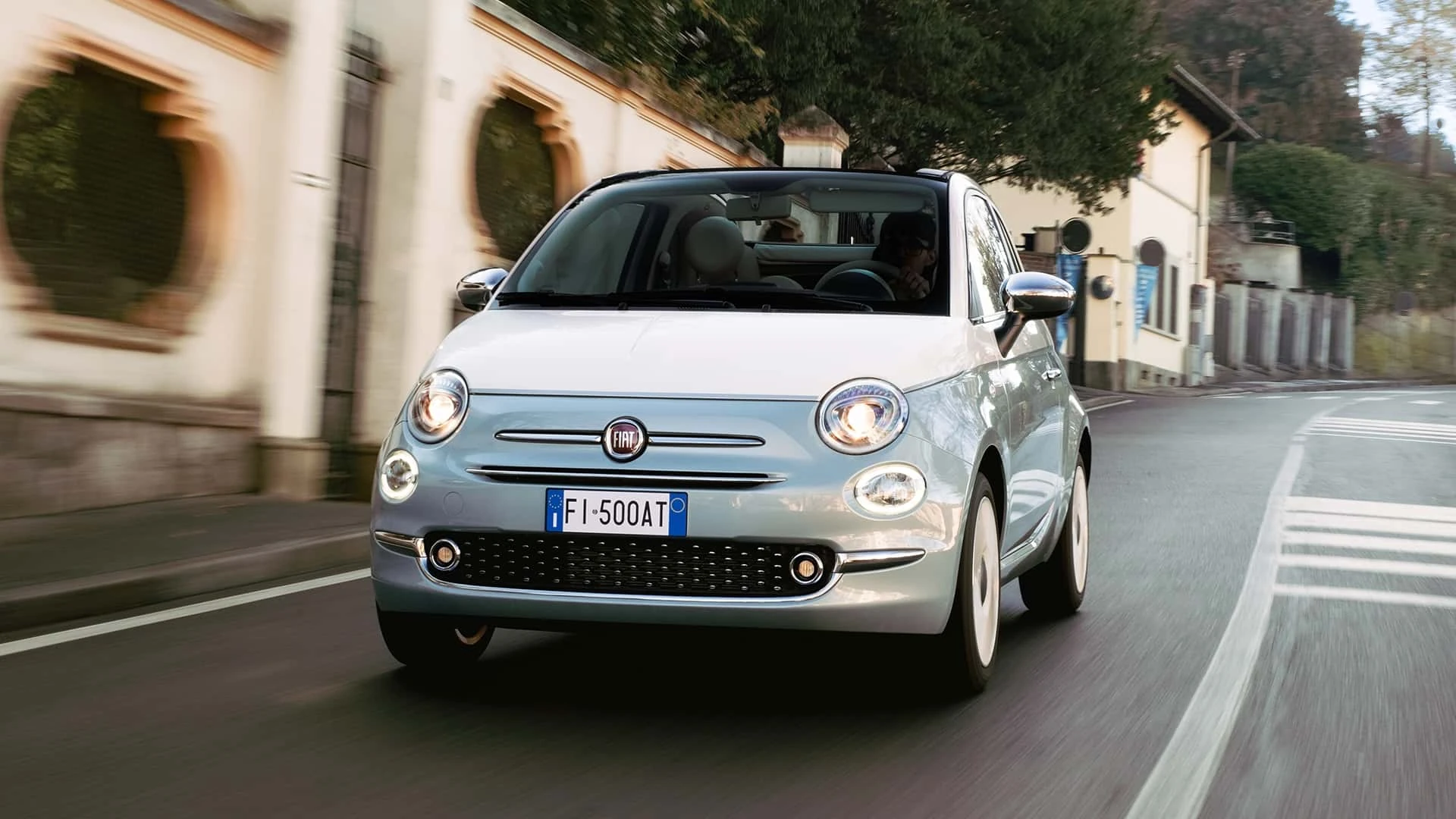
Author: Fabio Isidoro
Founder and editor-in-chief of Canal Carro, he dedicates himself to exploring the automotive universe with depth and passion. A car and technology enthusiast, he produces technical content and in-depth analyses of national and international vehicles, combining quality information with a critical eye for the public.

